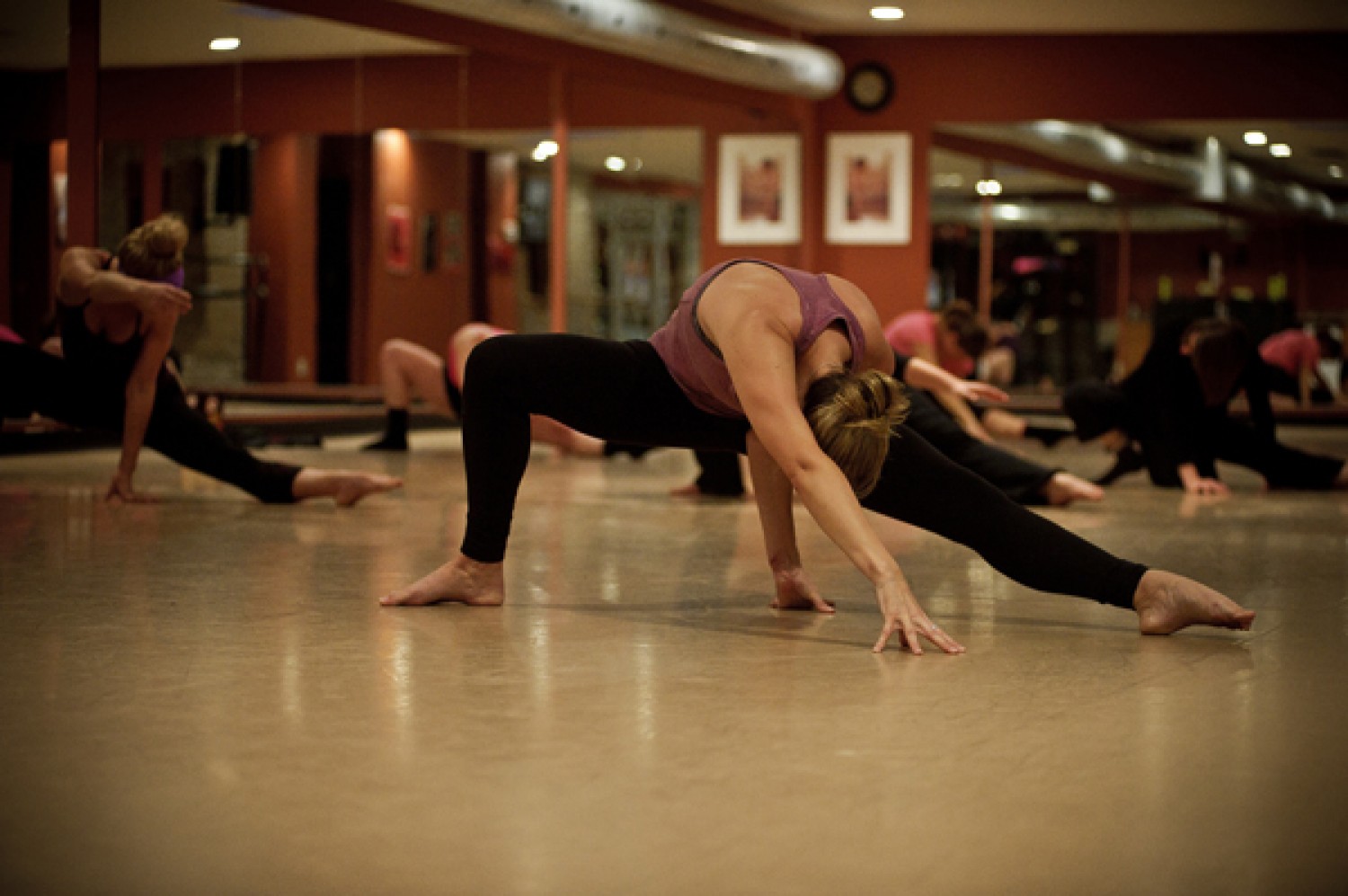Learning You Can FEEL

So far, we’ve explored how those who learn through metaphors, or with numbers and fractions, can make the most of their experience. But for some, learning to dance isn’t about picking up new figures; it’s about capturing a feeling of elegance, power, and sensuality.
These emotional learners face a unique challenge, since their goals cannot easily be put into words. On the other hand, they often feel more happiness at their success, because happiness is part of what they measured their success by in the first place. So, how do we get there?
Meditate.
The world of emotions can be a confusing one, and if you’re going to start interpreting what feels good and what doesn’t, I cannot express enough how important it is to practice connecting with yourself through meditation. It doesn’t have to take a long time – 15 minutes a day should be enough.
Meditation doesn’t have to be sitting in a chair with your eyes closed. You can take a walk, do a simple task that doesn’t engage your mind, or write your thoughts down in a journal. The purpose is to help you grow more familiar with the thoughts and feelings that arise. Over time, you’ll start noticing these outside of meditation as well.
As you get better at paying attention to your emotions, you’ll learn which are important and which are misleading. For example, the anger you feel over a botched performance doesn’t have to keep you from the joy of future showcases… If you recognize how valuable the latter is to you.
Put words to your feelings.
Many emotional dancers lose their way, especially if a frustrating lesson causes them to associate negative emotions with dancing instead of positive ones. When determining what you want to accomplish through dance, be sure to include lots of descriptor words that describe the feelings you want, the ones that make the experience worthwhile.
Play with different words and check in with yourself to see how your body reacts. Does the word make you feel excited? Scared? Anticipatory? Confident? You can describe your dancing in general, or a perfect night out, but flesh out the details to make it as real as possible.
Here’s a few descriptor words to get you started: Elegant, sexy, smooth, tenderly, powerful, assertive, confident, romantic, joyful, loving, flirtatious, playful, peaceful, softness, protective, striking, festive, tribal, primal, graceful, teasing, authentic.
Be a discerning emoter.
As you become more aware of what you want to feel in your dancing versus what you do feel, start to notice what movements create more of the former. Are you more relaxed in these movements? Do you stay focused in your body, or on the music? What are you doing differently?
Conversely, look at what doesn’t feel good and see if you can identify why. Your instructor can help you with this. Bottom line: If you can’t understand what movements feel uncomfortable, you can’t change them.
Next week, we’ll wrap up the series with those that learn by doing – I’m looking at you, kinesthetics!
About the Author
Ian Crewe has been dancing ballroom for over 18 years, and has a Licentiate in American smooth and rhythm. His passion for dance eventually led him to blogging and the World Wide Web. Ian currently teaches at the Joy of Dance Centre, Toronto, ON, Canada.

